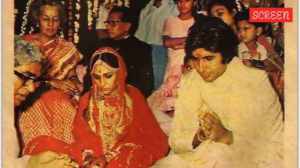Being Nidhi’s parents: A 24-year journey of joy and struggles with India’s ‘first’ Pompe disease patient
Born with the rare genetic disorder, in 2017, Nidhi's portable ventilator switched off during her college’s annual function, sending her in a semi-comatose state for six years. She died six years later. This is her story
 It took seven years and 40 doctors for Prasanna Shirol anxd his wife Sharda to finally get a name for what Nidhi was suffering from — Pompe disease. (Photo: Special Arrangement)
It took seven years and 40 doctors for Prasanna Shirol anxd his wife Sharda to finally get a name for what Nidhi was suffering from — Pompe disease. (Photo: Special Arrangement)As they held their newborn daughter in Karnataka’s Hubli, nearly 400 km from Bengaluru, Prasanna Shirol and his wife Sharda felt a fierce outpouring of love, something that would see them through the turbulent 24 years that would follow.
“Nidhi had recurrent bouts of pneumonia after she turned six months old. There were developmental delays… she never crawled like other children. Doctors suspected glycogen (the stored form of glucose) storage disease, but there was no diagnosis. Seven years and 40 doctors later, in 2007, we finally had a name for what she was struggling with — Pompe disease,” says 53-year-old Prasanna.
Nidhi, India’s first patient diagnosed with the rare genetic disorder, died on November 9 after spending nearly six years in a semi-comatose state. A rare inherited disorder that affects one child per million, Pompe disease is caused by a deficiency of the enzyme acid alpha-glucosidase (GAA). It results in the accumulation of glycogen in cells, particularly in muscles. Some common side effects and symptoms include muscle weakness, respiratory issues, heart problems and difficulty swallowing.
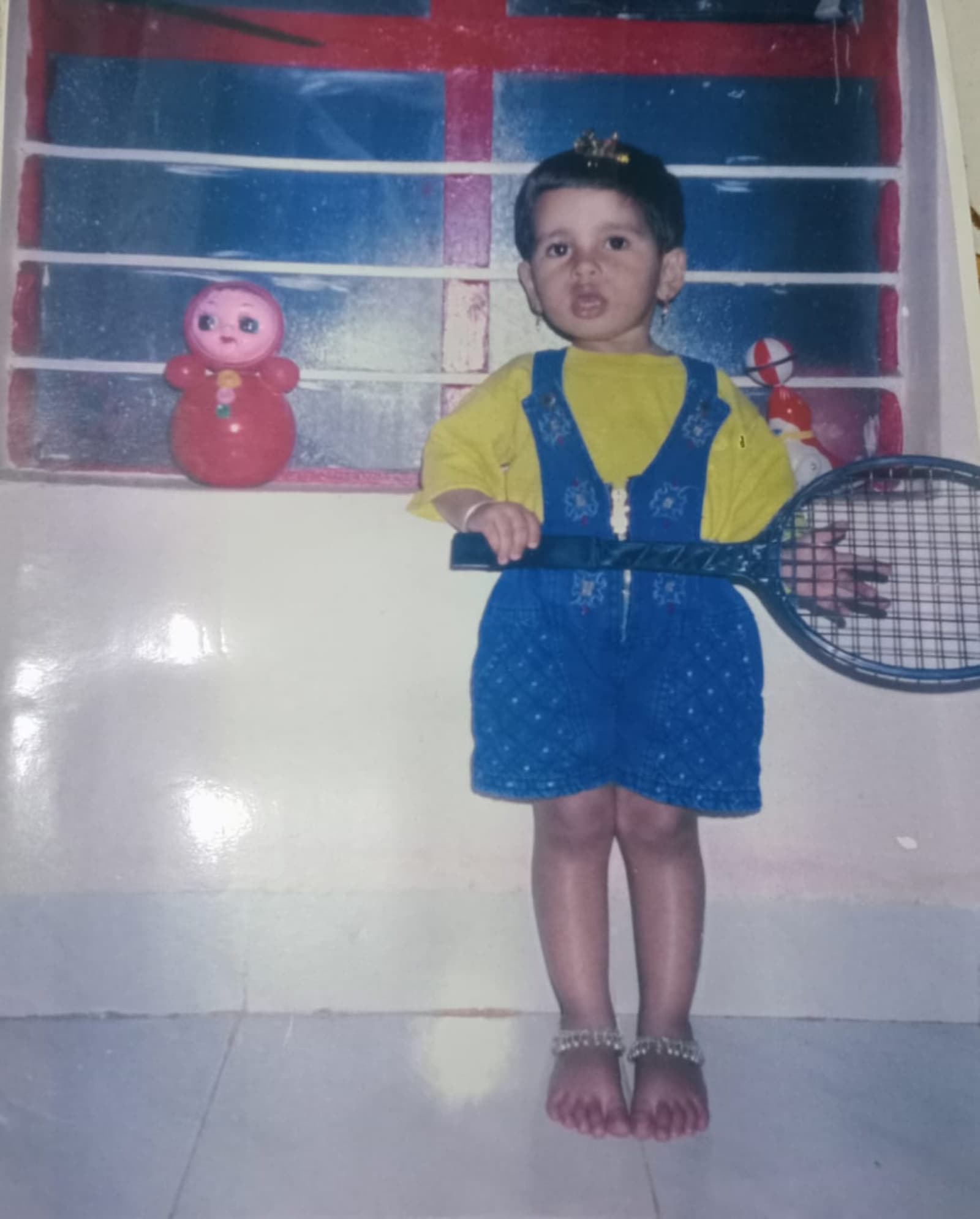 Since there was no treatment in India for Pompe disease in 2007, Nidhi’s parents reached out to a Netherlands-based doctor who facilitated her enrollment in an enzyme replacement therapy by a US-based drug manufacturer. (Photo:Special Arrangement)
Since there was no treatment in India for Pompe disease in 2007, Nidhi’s parents reached out to a Netherlands-based doctor who facilitated her enrollment in an enzyme replacement therapy by a US-based drug manufacturer. (Photo:Special Arrangement)
Although no cumulative government data is available, there are about 50 individuals in India who currently suffer from Pompe disease.
Following Nidhi’s death, the 24-year-old’s parents donated her corneas while her brain has been donated to the brain bank at the National Institute of Mental Health and Neuro-Sciences (NIMHANS), a Bengaluru-based facility dedicated to the preservation and study of brain tissues for research. “If someone wants to learn about Pompe disease, they can use Nidhi’s brain to help others,” says Prasanna, who left his corporate job with Reliance in Hubli after Nidhi’s diagnosis and moved to Bengaluru with his homemaker wife to become a full-time advocate for patients with rare diseases.
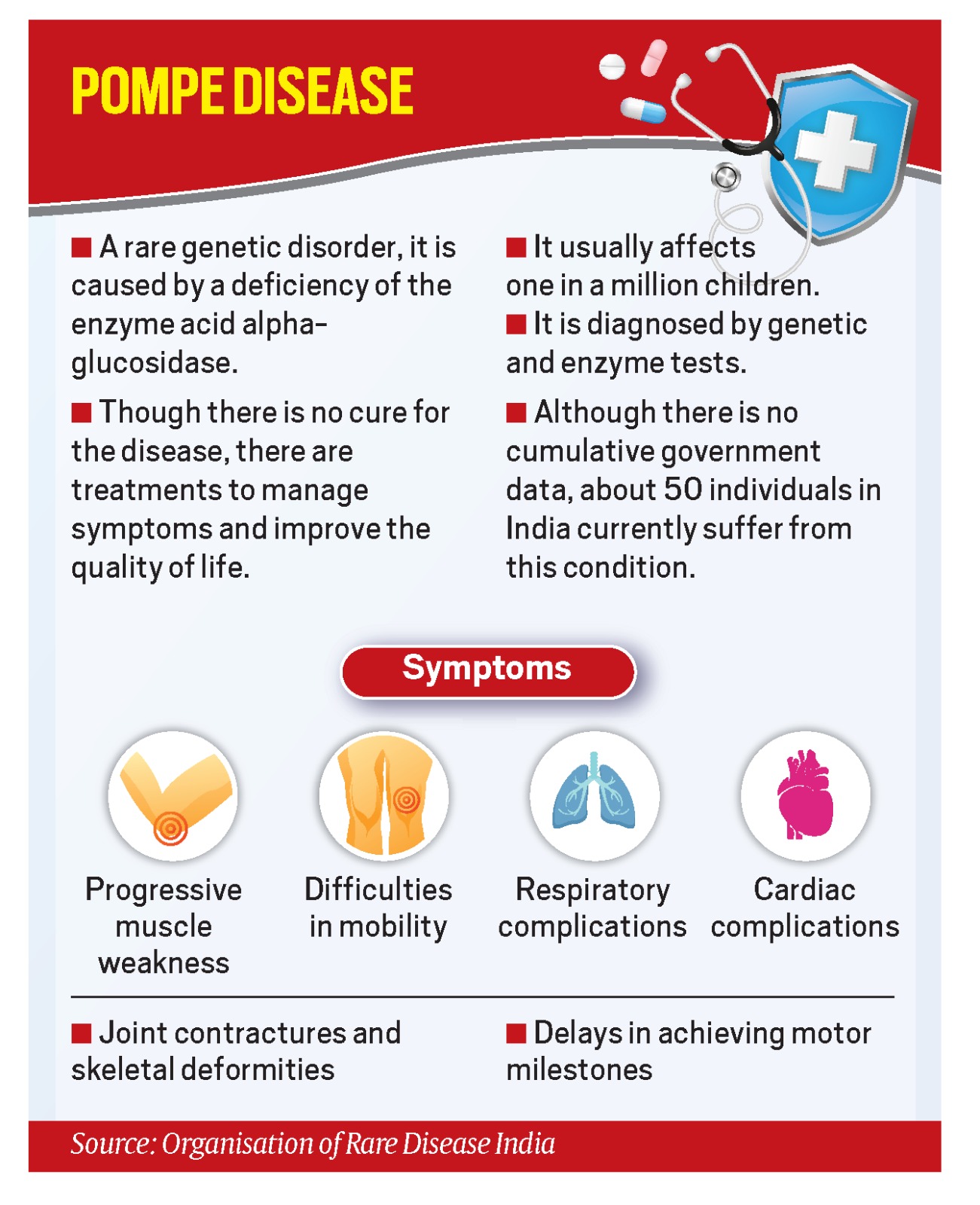 Pompe Disease
Pompe Disease
“For us, Nidhi will live through these two individuals (who receive her corneas). Even though we will never see or meet them, she will finally see the world in a way she couldn’t,” he says.
A diagnosis at last and the struggle for treatment
On their struggles to get Nidhi diagnosed, he says, “She spent most of her childhood in a wheelchair. By the time she was finally diagnosed, she was already breathing with the help of BiPap (a breathing support device).”
There was no treatment in India for Pompe disease in 2007, but the determined Shirols reached out to a Netherlands-based doctor who facilitated Nidhi’s enrollment in an enzyme replacement therapy by a US-based drug manufacturer. The pharma company covered the cost of the trial — Rs 1.5 crore per year — under its international access programme since Nidhi was India’s first diagnosed case of Pompe disease.
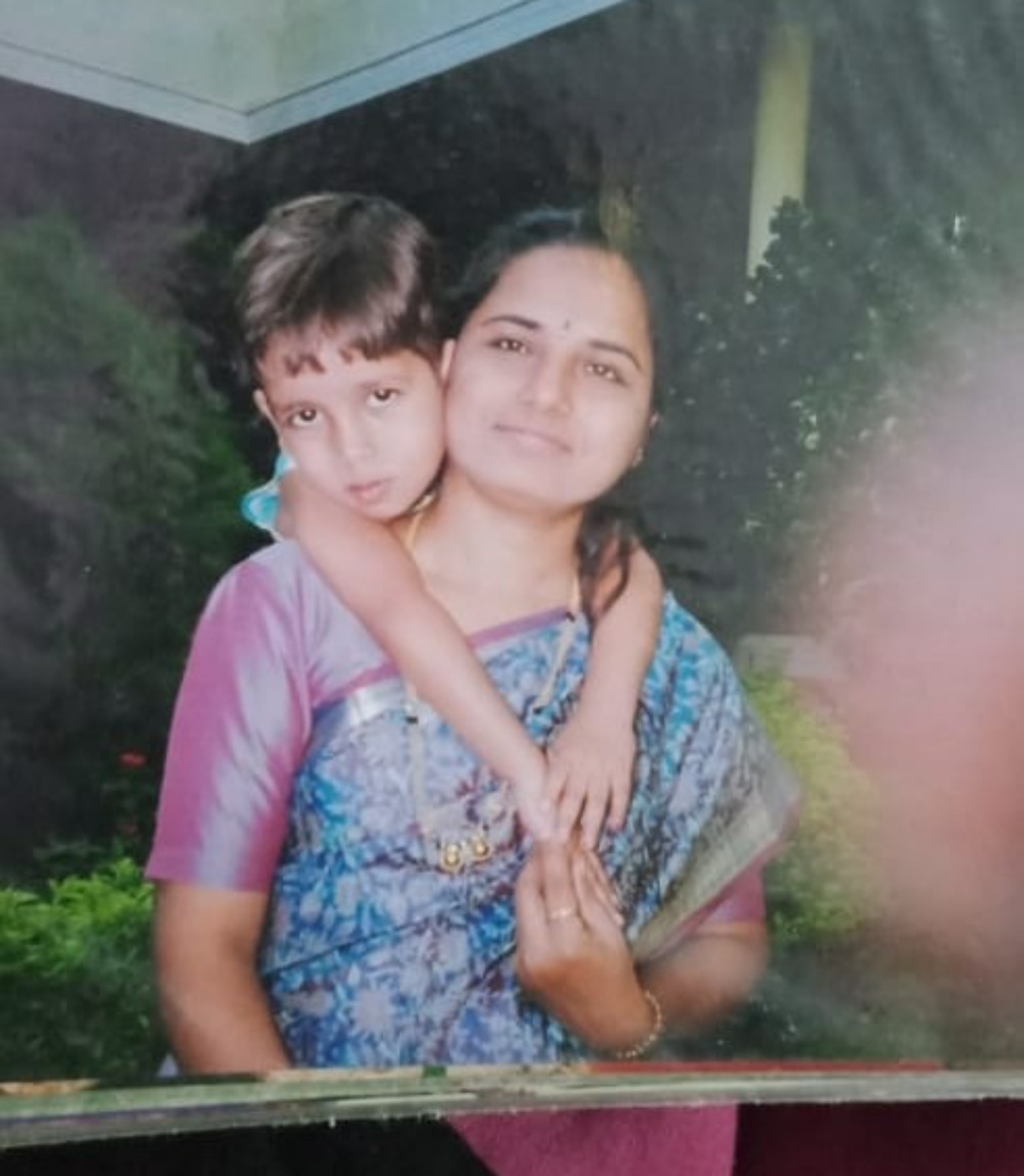 Around 2010, Nidhi secured admission in school. Her mother would sit next to the class door to help her with her bathroom breaks and suction needs. (Photo: Special Arrangement)
Around 2010, Nidhi secured admission in school. Her mother would sit next to the class door to help her with her bathroom breaks and suction needs. (Photo: Special Arrangement)
For Shirols, the trial would prove to be a blessing. “After seven years of being bedridden, her condition started improving. We were the happiest we had ever been,” says Prasanna.
A year later, in 2008, Sharada got pregnant again but a prenatal test revealed that the foetus had a 50 per cent chance of developing Pompe disease. “We decided to terminate the pregnancy and focus all our attention on Nidhi instead,” he says.
Prasanna says he has spent over Rs 4 crore on Nidhi’s treatment and care since 2000. He even ordered wheelchairs that were capable of accommodating all the machines she needed to survive — an uninterruptible power supply (UPS), a suction machine and a ventilator. He acquired six wheelchairs over 24 years because “they would either malfunction due to electrical short circuits or become unsuitable for Nidhi’s growing body”.
“I sold all my property and my house to take care of Nidhi. My father, relatives and friends gave me interest-free loans,” says Prasanna, adding that he owes his well-wishers Rs 1.5 crore.
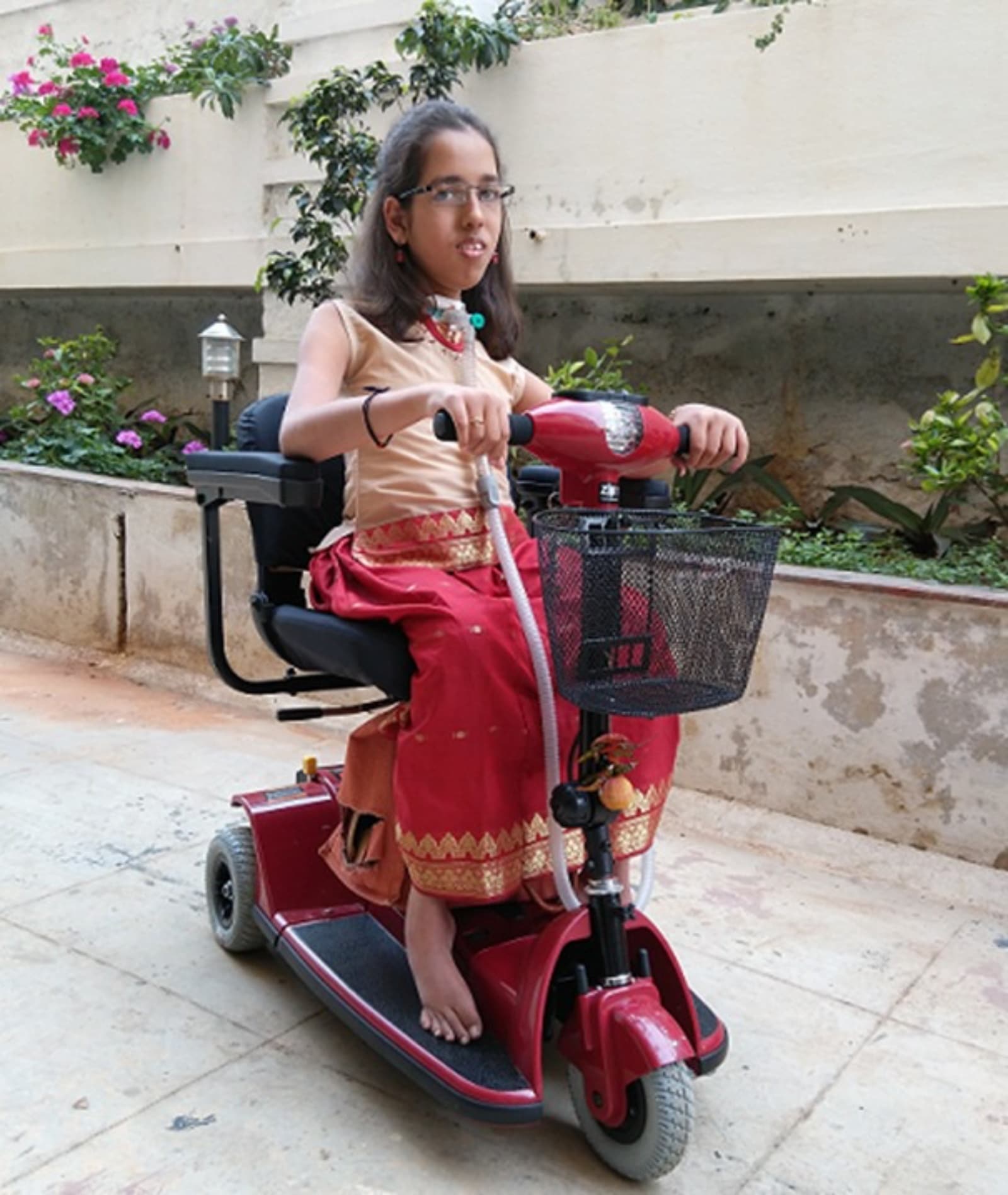 On their struggles to get Nidhi diagnosed, says Prasanna, “She spent most of her childhood in a wheelchair. By the time she was finally diagnosed, she was already breathing with the help of BiPap (a breathing support device).”
On their struggles to get Nidhi diagnosed, says Prasanna, “She spent most of her childhood in a wheelchair. By the time she was finally diagnosed, she was already breathing with the help of BiPap (a breathing support device).”
His own situation made him realise the plight of poor families, who couldn’t even afford to get an enzyme test, which costs from 5,000 to Rs 50,000, for a diagnosis.
So he established India’s first Pompe Foundation. With Nidhi being India’s sole Pompe patient then, the foundation didn’t quite take off. Eventually, he began receiving calls from doctors across the country on patients with rare diseases. Though the demand was significant, there was no one to guide helpless parents. So Prasanna quit his job in 2010 and founded the Organisation for Rare Diseases India (ORDI), the first NGO in the country for rare diseases.
Around this time, Nidhi secured admission in school. “Sharda would sit next to the class door to help Nidhi with her bathroom breaks and suction needs (to clear liquid or semi-solid blockages in her oral cavities),” says Prasanna, adding that Nidhi scored above 65 percent in her secondary and higher secondary.
Meanwhile, the drug intake led to the development of antibodies, requiring Nidhi to undergo immunosuppressive chemotherapy. Her spine started bending gradually, making it difficult for her to sit straight in the wheelchair. At the age of 13, Nidhi underwent a surgery that involved the straightening of her bone marrow using two rods and 24 screws.
A malfunction that changed it all
Everything was fine till 2017. Despite having enough charge to last 2.5 hours, Nidhi’s portable ventilator switched off suddenly during her college’s annual function. Before Sharda could find a plug point, Nidhi suffered a cardiac arrest and a stroke. Since oxygen supply to her brain stopped, she developed hypoxia and slipped into a semi-comatose state.
“Parts of her brain got damaged due to the stroke. She would move her eyes and respond to music at times, but her condition was irreversible,” says Prasanna.
With Nidhi being confined to bed in her Bengaluru home, her parents transformed her room into a complete intensive care unit (ICU).
On October 29, Nidhi developed some complications and was rushed to the hospital. Her condition improved initially and she was moved from the ICU to the ward. However, she suffered a fatal cardiac arrest on November 9.
Prasanna says clinical trials for rare diseases are restricted in India due to the limited number of patients.
“I tried to involve the government in becoming more proactive in arranging for treatment facilities for Pompe patients, but it is a numbers game for them. They are more focused on patients suffering from malnutrition and tuberculosis since patients with rare diseases struggle to live for even 30 years,” says Prasanna, who has now become the face of rare diseases in India.
According to the Central government, an estimated 70 million people in India suffer from 450 rare diseases.
He adds, “Despite our struggles, Nidhi, Sharda and I embraced life with joy and created countless cherished memories. Sharda and I will now live to help other parents like us.”



